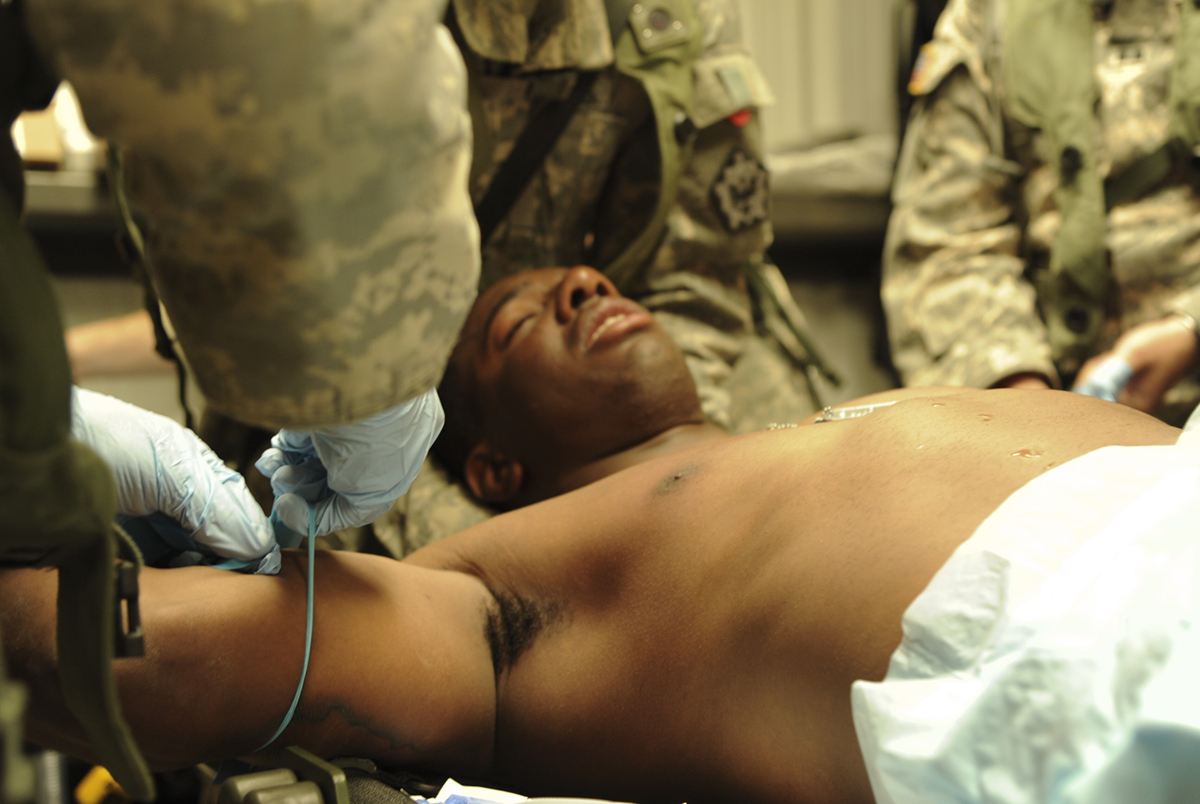
Heat stroke is a serious health problem that can occur during hot weather. It requires immediate medical attention as it may result in significant health problems, complications and even death.
What is heat stroke?
This heat-related condition occurs when a person is exposed to heat for an extended period of time. During that time the body is working very hard to regulate its temperature, through mechanisms like sweating and evaporative cooling. If the exposure to heat continues, the body looses this ability and the body temperature critically rises.
Heat stroke can occur in very hot and damp weather, when a person loses a lot of fluids through sweating, which also causes dehydration, and if he or she is physically active in the sun and heat without rest, water or shade.
This condition can occur instantly, without warming, especially in infants, elderly people and in people who for outdoors, in the sun, for several hours.
Symptoms of heat stroke
Symptoms of heat stroke are often similar to dehydration, because the two often occur together. The symptoms include headache, dizziness, nausea, fainting, skin that is very hot and dry, without sweat, high heart rate, fever, fatigue, problems in walking, moving or talking, hallucinations, seizures, nausea and vomiting.
A person who has been exposed to sun and heat and shows one or more of these symptoms needs to be taken to an emergency room or a similar facility immediately. Seeking medical attention as soon as the symptoms of heat stroke occur can save someone’s life.
While waiting for the ambulance, it is important to take the person away from sun and heat, preferably indoors, in an air-conditioned room. If there is a person assisting the heat stroke victim, he or she should try and reduce the body temperature by applying cool wet clothes to the forehead, chest and other body parts of the victim and to fan them constantly. The victim should also keep the feet slightly elevated and take small sips of plain water.
Once the person receives medical attention, he or she will probably be put on intravenous fluids and on bed rest for several days.
Preventing the heat stroke
Heat stroke can cause serious problems, and like mentioned above, even death. It is always better to prevent these problems, so people who spend a lot of time outdoors, in the sun, in the areas with high humidity and air temperature, should know how to protect themselves. This includes staying away from the sun whenever it is possible, taking short breaks in the shade, keeping hydrated by drinking water and sport drinks, avoiding diuretic beverages like tea and coffee, wearing a hat and sunglasses. The clothes should be lightweight, loose, made of natural materials and in light colors, because dark colors attract light and increase the temperature. Cooling down in a pool, shower, or with a hose is highly recommended.





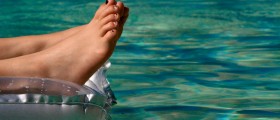




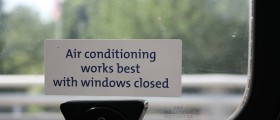


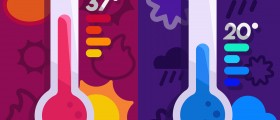
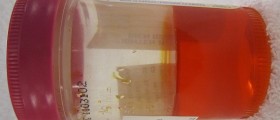

-Causes,-Symptoms-And-Diagnosis_f_280x120.jpg)
Your thoughts on this
Loading...